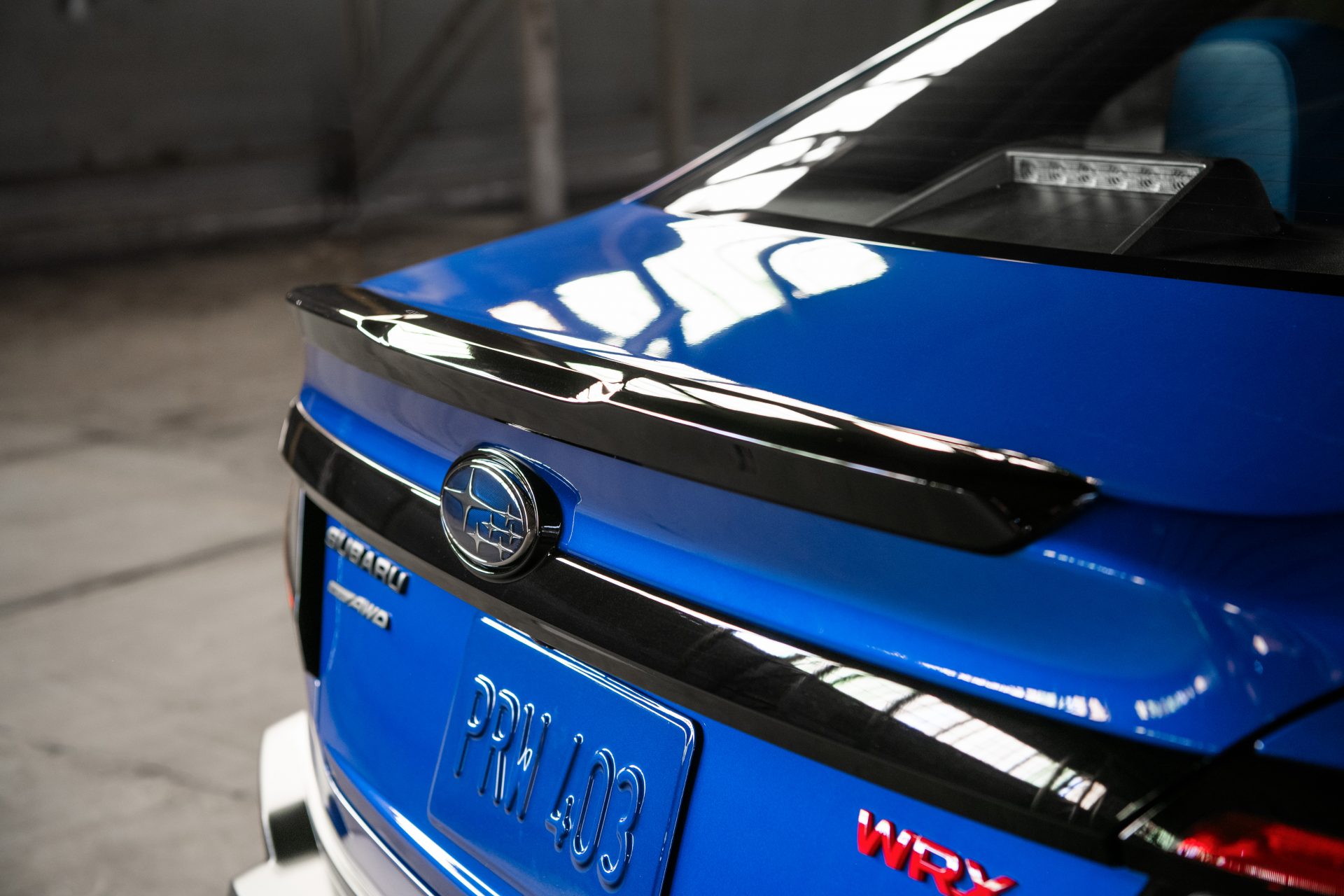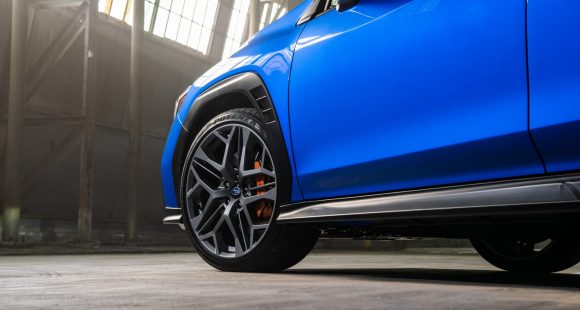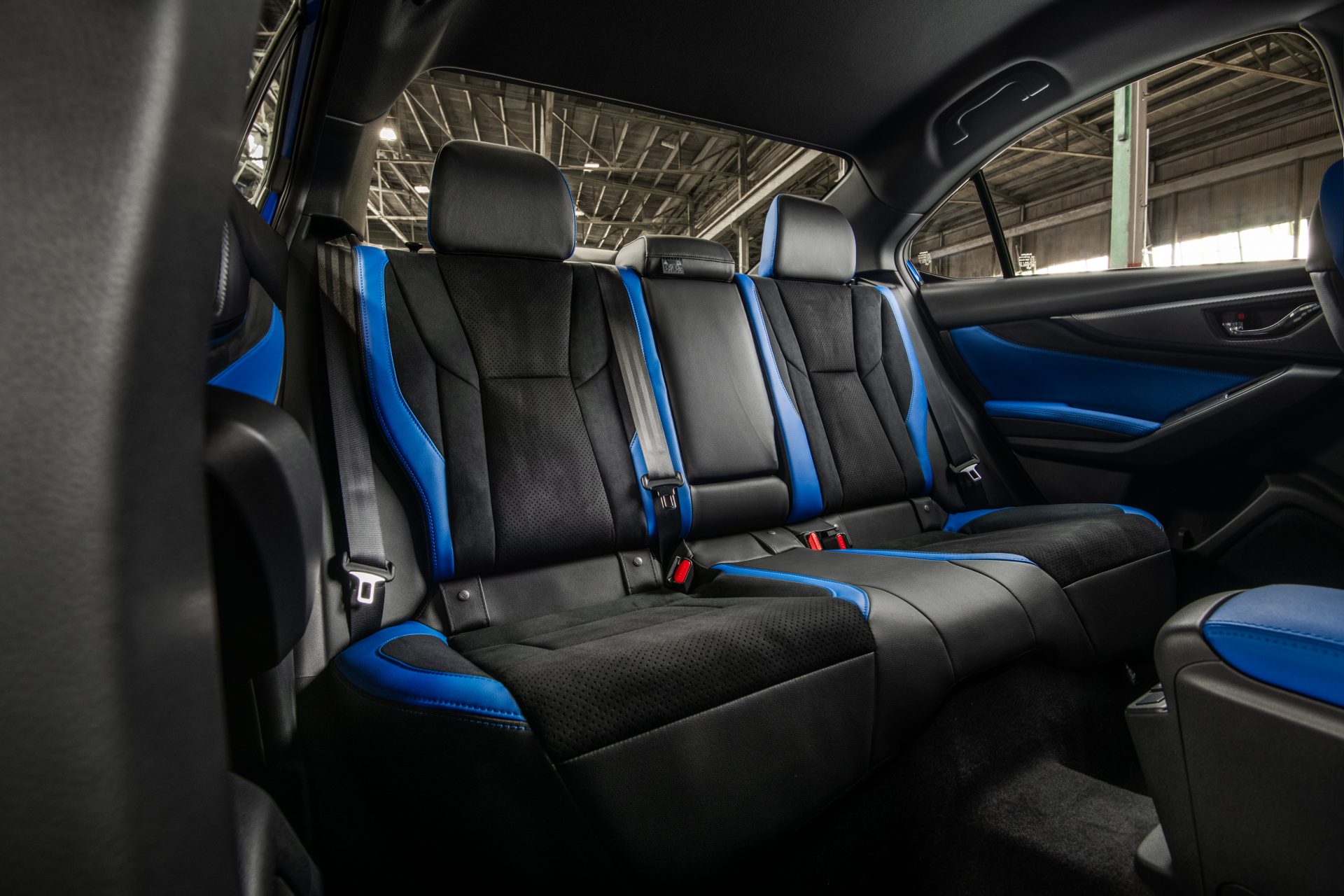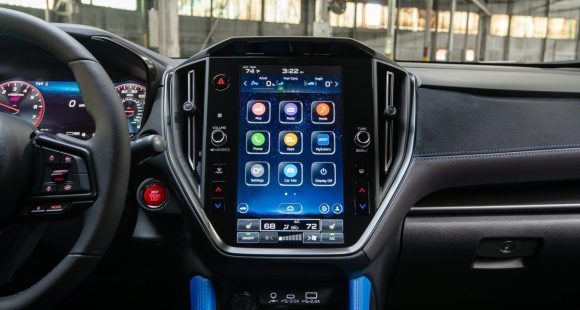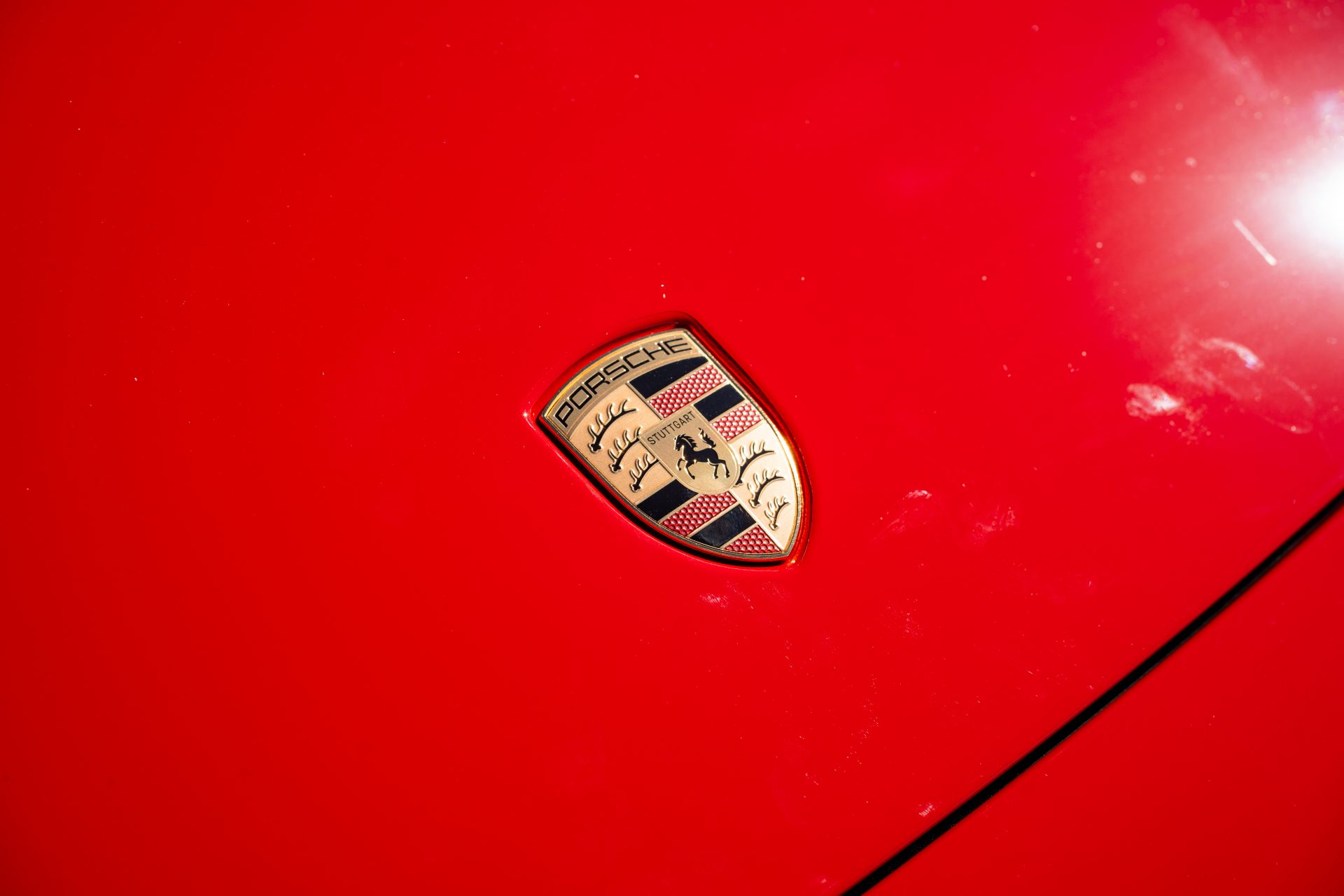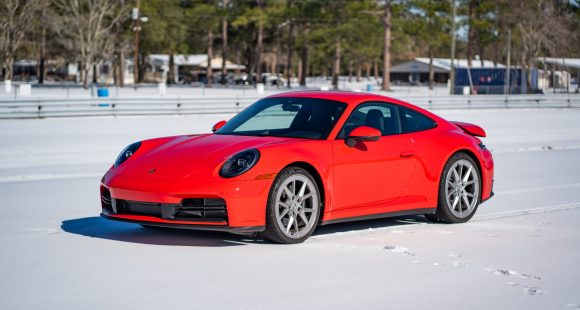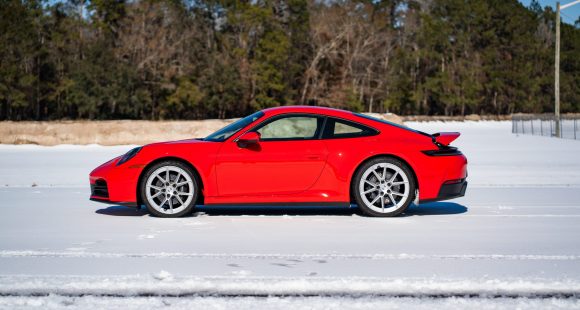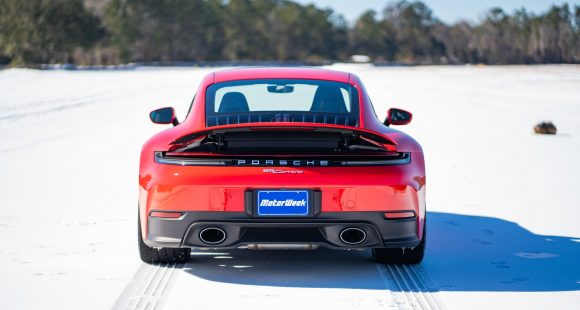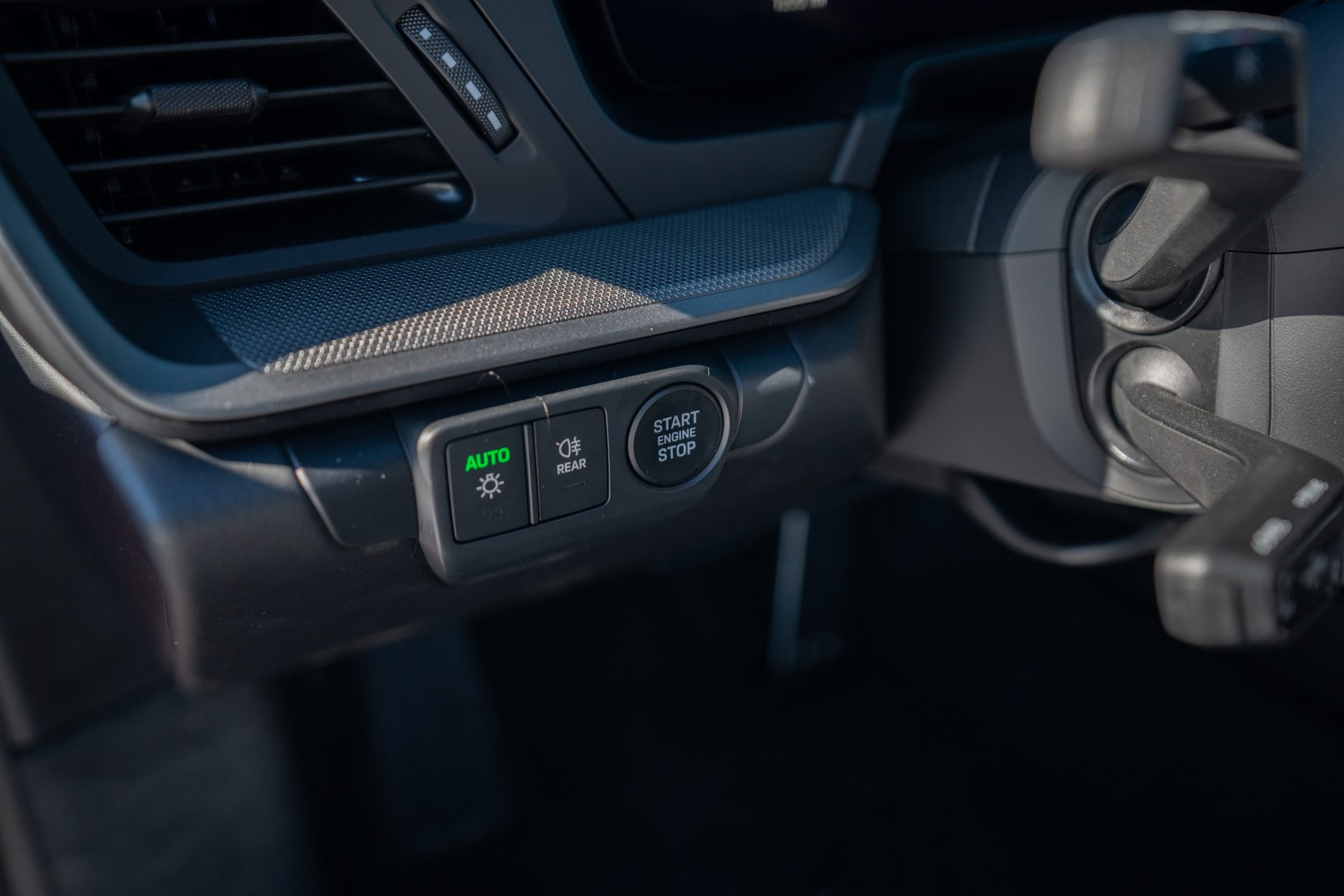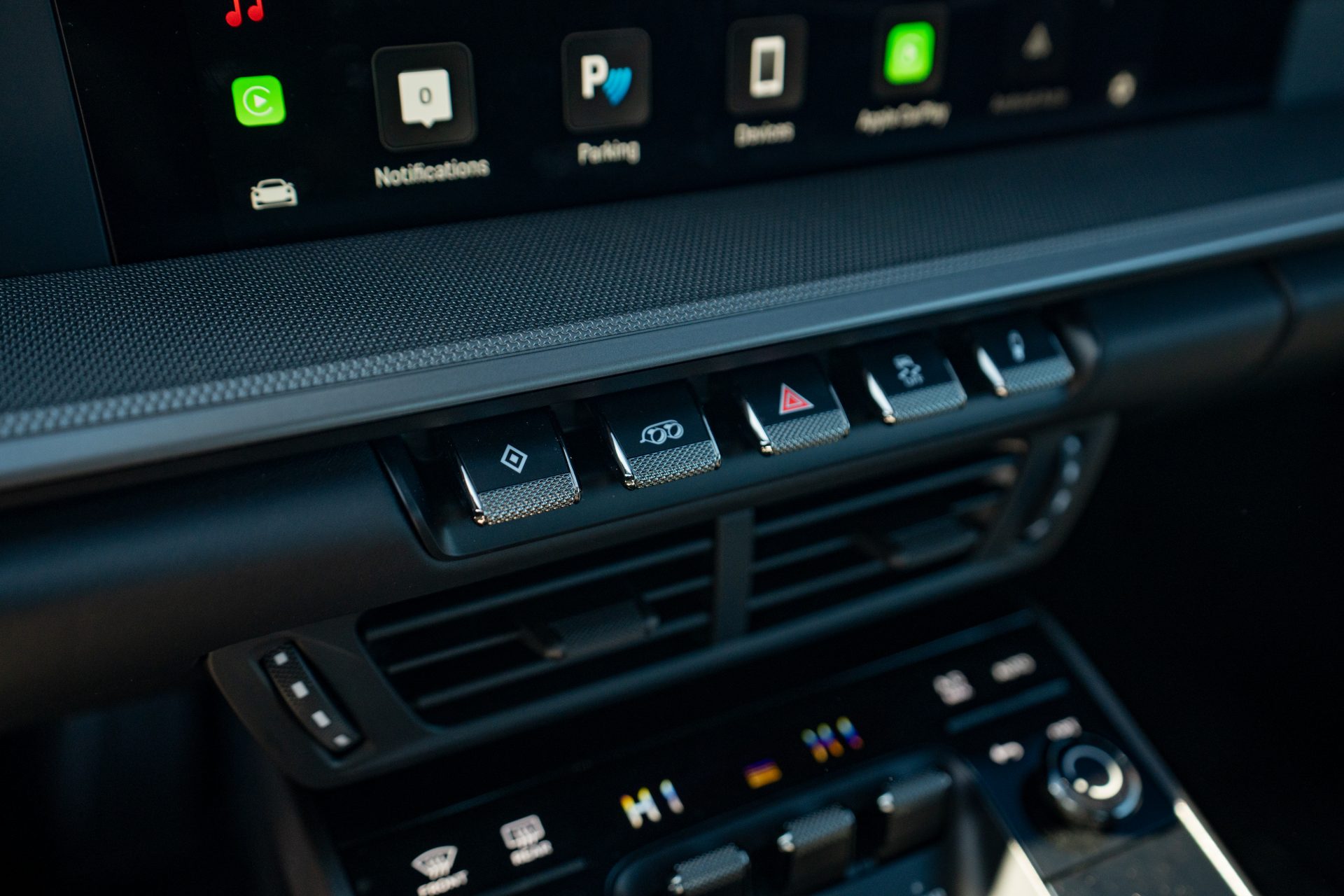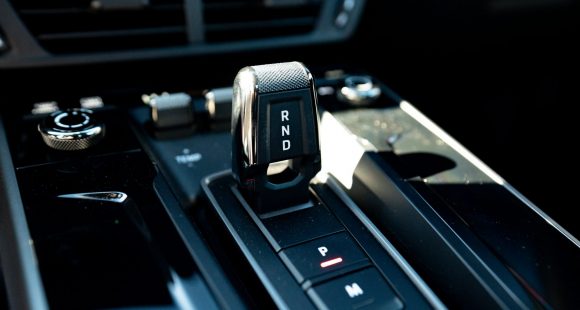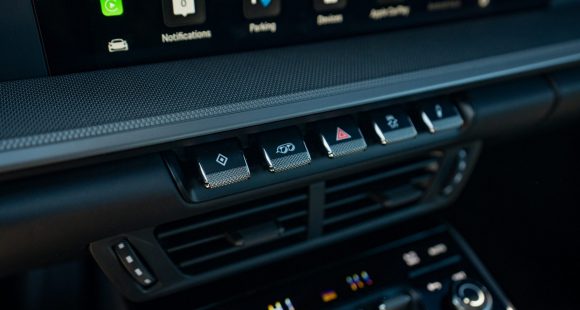2017 Honda Civic Si
No doubt, the latest Honda civic is a winner. But it really became a winner in our hearts when Honda announced that new hi-output turbo SI and Type R were headed our way as well. And while the fast and furious crowd are surely salivating over the fact that we’re finally getting a real Type R here, it’s the more attainable SI that arrives first. And here’s why we’re so happy that that wait is finally over.
“Sport Injected” Honda Civics are hardly new, having in some form or another, been available off and on here in the States for over 30-years. But, since the latest 10th generation Civic is clearly the best one yet; does it follow that the 2017 Honda Civic Si is the best of its kind as well?
Well, for starters, our Si Sedan felt just as expertly put together as other Civic 4-doors. A Coupe is also available, but as of right now, no Si hatchback.
Both bodies get their own unique updates, the sedan’s a little subtler in nature. There’s a distinctive fascia with gloss black trim and larger air intakes up front, 18-inch split-spoke alloys underneath, and central-mounted hexagon exhaust tip in back.
 It’s a great looking package that earned more than a few “that’s a Civic?” questions from casual observers.
It’s a great looking package that earned more than a few “that’s a Civic?” questions from casual observers.
The engine is a 1.5-liter I4 turbo. True, it’s the same one in other up-level Civics, but now with cranked up boost to over 20-psi. So, horsepower rises 31, to 205; torque climbs 30, to 192 lb-ft.
A 6-speed manual is the only transmission available. And, it’s a really good one.
As is the Si in general, provided you have the proper perspective. It’s not meant to be a no holds barred performance car. That’s for the Type R. Rather, the Si is a much more interesting daily driver.
And, it is a total pleasure to drive, not harsh or too “fast and furious”. And that’s where this car seems to have run afoul with many online haters. They clearly wanted more.
V-TEC snobs are also bemoaning this new car’s lack of an on/off power switch, but it’s time to move on people. For better or worse, we’re in a new turbo-4 era, and this engine puts out more power, and delivers it sooner, than any Si before it.
 And allow Honda to introduce something the old 2.4 never had, it’s called mid-range torque, and there’s a decent amount of it here. Peak power is delivered at 2,100 RPM and it basically just stays there.
And allow Honda to introduce something the old 2.4 never had, it’s called mid-range torque, and there’s a decent amount of it here. Peak power is delivered at 2,100 RPM and it basically just stays there.
Things can get a bit noisy inside, otherwise it’s very comfortable, with nicely supportive sport seats.
Steering has good weight to it, and there is a thick wheel for getting things in motion.
This Si handles corners with ease; it’s nimble and light, and indeed it is almost 100-lbs. lighter than before.
The suspension has of course been “sport tuned”, complete with new adaptive dampers. As before, a limited slip differential is included.
Add in super sticky Good Year Eagle F1 summer tires and things stay very flat.
 As for straight-line kicks, there’s decent grip at launch, provided you mind the revs. Torque steer was not a problem as we leapt to 60 in 6.5-seconds…about a half second better than the last 2.4.
As for straight-line kicks, there’s decent grip at launch, provided you mind the revs. Torque steer was not a problem as we leapt to 60 in 6.5-seconds…about a half second better than the last 2.4.
Maintaining peak boost from the little turbo is a delicate job however, but Honda has included some shift lights in the gauge pod to help. Just wait a beat after you see them, and you’re golden. Shift too soon and there’s a definite lag in boost.
The shifter itself, is slick and precise, but we could sure use a little more clutch pedal feel. 15.2-seconds was our ¼ at 95 miles-per-hour.
The brakes are even more impressive. We averaged 102-feet from 60 with no fade, no dive, no drama. Here, pedal feel is excellent.
All that and it still delivers improved Government Fuel Economy Ratings; 28-City, 38-Highway, and 32-Combined on Premium.
Si trim may not come as feature-packed as some might like, but then pricing starts at just $24,775, for both Sedan and Coupe.
Clearly the base Civic has come a long way in recent years. Yet Honda has managed to take the 2017 Civic Si even further. Yes, it is the best Si yet. Still, as with many things new and improved, they lose a little soul along the way. But, don’t judge this Si until you drive it. And, we’ll bet, that if you love your current Si, you’ll want this one even more.
Specifications
- Engine: 1.5 liter
- Horsepower: 205
- Torque: 192 lb-ft.
- 0-60 mph: 6.5 seconds
- 1/4 mile: 15.2 seconds @ 95 mph
- EPA: 28 mpg city / 38 mpg highway
2025 Subaru WRX tS
Subaru’s “World Rally eXperimental” Gets Tecnica-Tuned Tech
Building on its global rally heritage, WRX has been a standalone Subaru nameplate, marketed separately from garden variety Impreza, for two generations now. And while the current WRX still lacks the full STI treatment, this WRX tS serves up some of that high-performance spice we’ve been longing for.
Before we go flat out into our Track Test of this 2025 Subaru WRX tS, lets open the Subaru dictionary so we’re all on the same page. “tS” stands for “tuned by STI;” and “STI” is an acronym for “Subaru Tecnica International,” the brand’s high-performance sub-group best known for upgrading the WRX— oh, that stands for “World Rally eXperimental,” in case you didn’t know.
All that said, STI has been largely dormant for this WRX generation, but this tS sprinkles more of their engineering magic into the mix. No, that doesn’t mean extra power, but does mean significant chassis-related improvements.
First, electronically controlled dampers, adjustable through the 11.6-inch tablet-style infotainment screen. That meant a softer “comfort” mode on the 10+ hour commute to and from Savannah’s Roebling Road Raceway. But once we were there, it was the firmer “Sport+” setting all the way, heightening response from the WRX’s throttle and already quick dual-pinion power steering system. There’s still some body roll for rally-esque weight transfer, but it’s well sorted and provides the “toss-ability” you want in a WRX.
Though if you do autocross your tS, which we implore you to do, you might feel the six-piston front, two-piston rear Brembo brakes first. The bite is strong, giving good rotation in the corners and plenty of “halt” for this 3,400 lb. compact with minimal fade, keeping us on track all week…until some unfortunate winter weather passed overhead. No worries here, as Subaru’s Symmetrical All-Wheel-Drive system got us to the track for some powdered deserts: Frosted donuts served up Michelin style, a set of winter tires different from the grippy Bridgestone Potenza S007 rubber the tS typically rides on. Some prior hot laps of California’s Sonoma Raceway gave credence to those Bridgestones, and showed us what this hot-compact can do in ideal conditions.
It’s well sorted and provides the “toss-ability” you want in a WRX.
Other tS enhancements are cabin-based, namely these beautiful blue Recaros. Most of our staff appreciated their moderately-aggressive bolstering on both street and track. And they’re even heated, too. Another tS-only appointment is this 12.3-inch digital gauge display. It mimics the standard analog gauges with some additional info, but can switch to a navigation mode for more convenient route guidance.
We do wish our tS came in the new Galaxy Purple or the trademark World Rally Blue, but this Crystal White paint wasn’t too shabby, contrasting its Cherry Blossom Red badging and blacked-out lip spoiler. Otherwise, the tS is like any other WRX, down to the hood scoop funneling air to the top-mounted intercooler.
Underneath is the same turbocharged 2.4-liter flat-four in all other trims, boxing at 271 horsepower and 258 lb-ft of torque. The freak winter weather stopped straight-line testing, but a 0-60 time estimate of 5.5 seconds is about as spry as you realistically need, pulling strong through most of the tach; though the 6,000 RPM redline required attentive shifting of the six-speed box, which the tS comes exclusively with. The throws are precise, if a little long, and the clutch is wonderfully weighted.
With discontinuation of the Base trim, pricing for the WRX now starts with Premium at $36,920. The tS is at the top of the lineup with the automatic-only GT, both starting at $46,875. All WRXs continue to be made in Gunma, Japan.
If you’re an enthusiast itching to do the tuning yourself, perhaps the 2025 Subaru WRX tS is not for you. But if you want a plug-and-play experience, this is it. While it won’t exactly bestow the loose-cannon, top-level driving skills exhibited by famous WRC drivers upon you, the tS moves this WRX’s game in a direction we’ve so desperately wanted Subaru to take.
Specifications
As Tested
- Engine: 2.4-liter flat-four
- Tranmission: 6-speed manual
- Horsepower: 271
- Torque: 258 lb-ft
2025 Porsche 911 Carrera
Ever Evolving 911 Reaches New Heights
The Porsche 911 has existed for 60 years now! Amazing! And, you could argue that major changes over all those years have been relatively few, as constant incremental improvement is more the way that Porsche does business. With that in mind, let’s hit the track in the latest 911 and see what constant improvement means for 2025.
We’ve driven so many 911s here at MotorWeek, each seemingly more special than the last, so it’s a bit refreshing to be ripping around Savannah’s Roebling Road Raceway in a 2025 Porsche 911 that’s about as close as you can get to base these days. And the fact that it’s just as fun as all those exclusive pieces says a lot about how far the 911 has come. Perhaps it also speaks to how much a base 911 will set you back today as well; more on that later.
For now, we’re just thinking about the next apex, holding steady throttle as we approach, and getting on it way sooner than you’d expect without upsetting anything, as the 911 rockets off the corner thanks to tremendous grip and a PDK trans that finds the perfect gear before we even gave it a thought. Even with very cold track temps, we never struggled for grip or battled any wheelspin coming off of corners. And trying to land it in that perfect spot in braking zones is easy with strong brake performance that was predictable and consistent lap after lap; no wandering, and great feedback too.
Yes, even the standard 911 is near pure perfection on a racetrack. It gives you all the right feedback, stays incredibly flat through corners, makes you always feel totally in control, and again is just plain fun. Unless you’re chasing lap times, there’s really no need to head further up the 911 tree. Though it is worth noting the few upgrades that were on our Carrera did help the situation a little. The 20- and 21-inch Carrera S wheels enabled plenty of grip from the 305 Pirelli P Zero tires, the Sport Chrono Package allows 0-60 sprints of 3.7 seconds, an extended range fuel tank meant we could lap all day without having to fill up, and the fantastic Sport Seats provided great support and better comfort than we remember experiencing in a 911. The Sport Exhaust system didn’t add anything to performance, but made things sound a whole lot better, and the oval silver tips look great too.
We never struggled for grip or battled any wheel spin coming off of corners.
Our track time got cut short thanks to a rare snowstorm in Coastal Georgia, but the white stuff and blue sky made the perfect backdrop for our Guards Red Carrera. Exterior tweaks for what is officially the 992.2 include a reshaped front fascia with improved aerodynamics. All front lighting is now contained within the Matrix Design LED headlight housing. The rear fascia has also been smoothed out, the license plate moved higher, and Porsche 3D block lettering spelled out across the back beneath the active rear spoiler and new decklid grille.
Even without Turbo in the name, the standard 911 engine is indeed a turbo these days, a 3.0-liter flat-six twin-turbo delivering 388 horsepower and 331 lb-ft strictly to the rear wheels in the Carrera Coupe.
Inside the cabin, the 911 continues its slow crawl towards the modern, now including a 12.6-inch fully digital gauge display and a start button located on the left side of the steering wheel, with drive modes easily accessible on the wheel itself. In another no brainer move, Porsche now makes the rear seat a no cost option, so you can choose if you want it or not.
Government Fuel Economy Ratings are 18 City, 25 Highway, and 21 Combined. That’s only slightly worse than average for the Energy Impact Score; 14.2 barrels of annual oil consumption with 7.0 tons of CO2 emissions.
The good news is this 911 had the fewest number of options of any Porsche that we’ve tested in some time, and it was still plenty awesome; the bad news is, a base Porsche 911 Carrera Coupe now starts at $122,095.
But can you really put value on “the force,” this mythical power that Porsche seems to have, that somehow turns average drivers into great ones? It’s useless to resist as far as we’re concerned, as it only gets better with the 2025 Porsche 911 Carrera.
Specifications
As Tested
- Engine: 3.0-liter twin-turbo flat-6
- Transmission: 8-speed PDK
- Horsepower: 388
- Torque: 331 lb-ft















